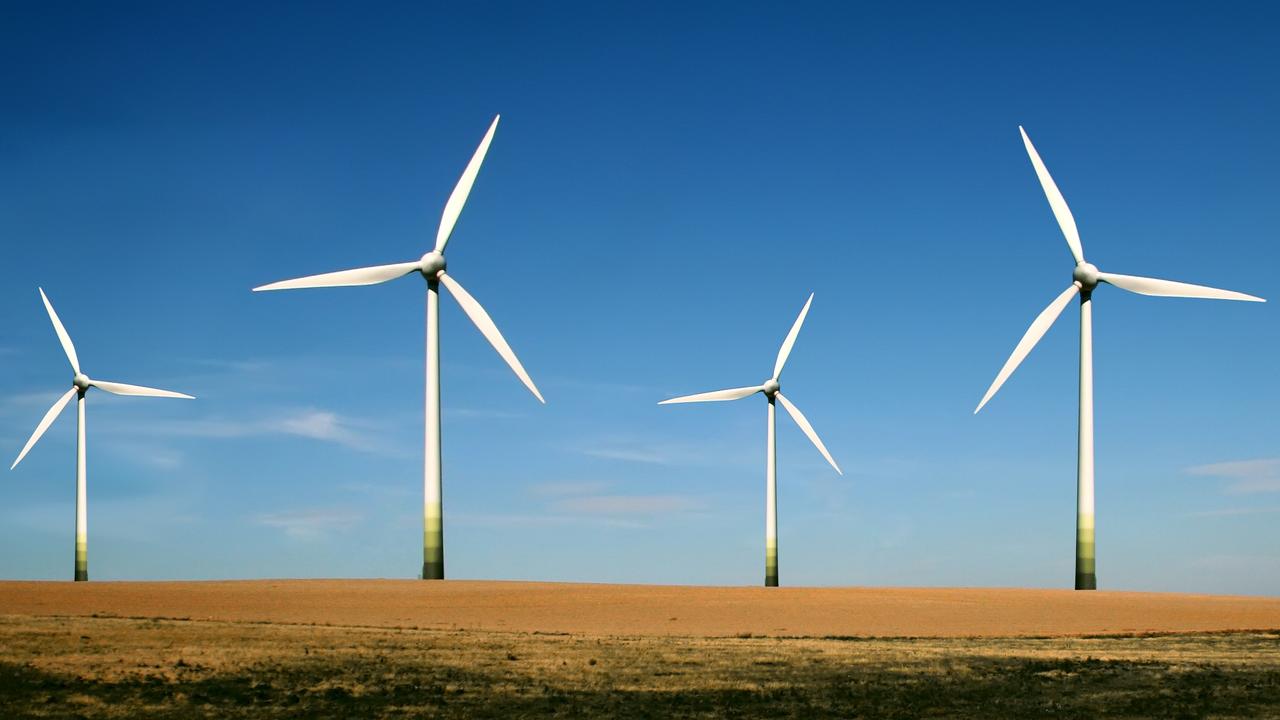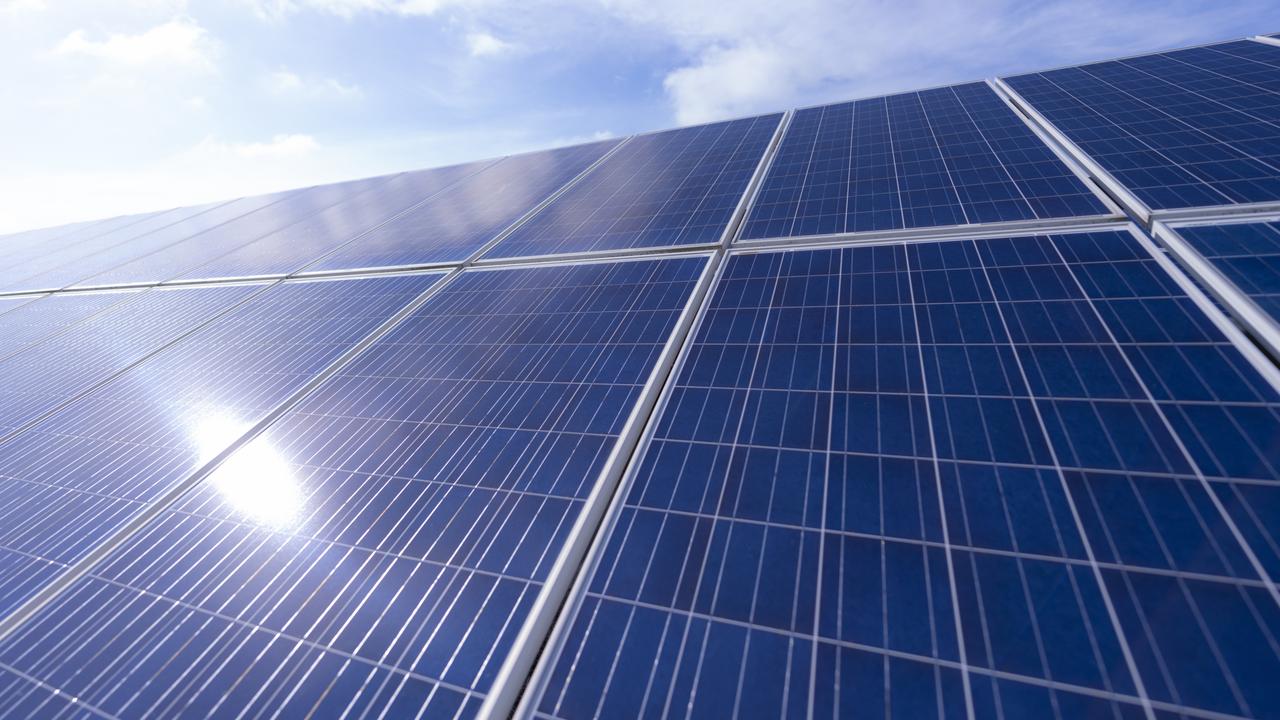Nearly 20pc of Australia’s most advanced renewable projects have suffered delays in last year
Australia’s energy transition is struggling to keep pace and the task is exacerbated with some 20 per cent of the most advanced zero emission projects suffering some delays over the last year.

Nearly 20 per cent of Australia’s most advanced renewable energy developments, with a combined capacity larger than the country’s biggest coal power station, have experienced delays within the last year – analysis conducted by The Australian shows.
The figure illustrates the difficulty of Australia’s energy transition. The federal Labor government is looking to rapidly wean the country’s $2.5tr economy off its fossil fuel dependency by 2030, but if Australia is unable to develop the pipeline of renewable energy as needed it could be forced to use coal for longer or risk blackouts and price spikes.
Already the target looks increasingly in peril, with Australian authorities this week warning electricity supply shortfalls will emerge in NSW and Victoria as soon as next year.
The situation is so precarious that NSW’s state Labor government was on Thursday forced to enter into a deal with Origin Energy to keep Australia’s largest coal power station, Eraring, open for at least two more years.
The state and Federal Labor governments have insisted prolonging the use of coal will buy sufficient time to develop the necessary renewable energy to replace Eraring.
Authorities also highlight the contribution of renewables to falling household and business bills but Australia requires substantially more zero emission power being delivered.
Underlining the challenge, analysis shows 15 of the 79 new energy projects considered by the Australian Energy Market Operator to be so advanced that development is essentially assured, have experienced delays. The combined capacity of the 15 projects are nearly 3.5GW, which is substantially larger than Origin’s Eraring coal power station.
While many of the delays were just a couple of months, some were in excess of a year. The longest delay noted was ACEnergy’s battery in Victoria which is now set to be operational in January 2026, having been earmarked last year for completion in June 2024.
ACEnergy did not immediately respond to requests for comment by The Australian.
Industry sources said the delays were the result of inflationary pressures, which have substantially increased the costs of projects, planning holdups, transmission build issues and policy decisions.

Australia is struggling to build the high-voltage transmission lines needed to connect new developments to the grid, while recent policy from the federal government is also weighing on the plans of developers.
The federal Labor government last year pledged to underwrite the development of new renewable energy via its capacity investment scheme and some developers have moved back their timetable to participate.
The so-called capacity investment scheme government scheme sees developers guaranteed a minimum return on new solar and wind projects. Under the scheme, should the wholesale electricity price fall below an agreed threshold, taxpayers will compensate the renewable energy project. Should the wholesale electricity price exceed a metric, developers pay the government – a design that removes revenue risk from developers and accelerates much-needed investment.
The scheme is expected to spur new developments, but Australia can ill-afford delays
AEMO estimates the country needs 57GW of grid-scale solar and wind generation capacity to be installed by 2030 – a rise from the current capacity of 19GW.
Daniel Westerman, chief executive of AEMO, said developers are responding to the calls for more power to be bought online but there is an urgency in accelerating the pipeline.
“Australia’s energy transition is well underway. Industry and governments are responding to the reliability risks from retiring coal by investing in new infrastructure to ensure a reliable and secure electricity supply going forward,” said Mr Westerman.

“The urgency for the timely delivery of transmission, generation and storage, and use of consumer electricity resources to support the grid, remains to meet consumers’ energy needs,” he said.
Illustrating Mr Westerman’s point, data shows the pipeline of projects considered sufficiently advanced to consider in electricity supplies forecasts that shape policy has fallen in the last year, illustrating concerns that the number of projects reaching final investment decision is beginning to slow.
In July 2023, AEMO had 93 projects deemed sufficiently developed to consider them likely to materialise but with some projects having been completed, the market operator is now considering 79 developments.
A stagnant pipeline threatens Australia’s energy transition targets. The federal Labor government has pledged to meet its target of having renewable energy generate 82 per cent of the country’s power by 2030, the centrepiece of its plans for the country to meet legislated targets to reduce carbon emissions by 43 per cent.
Australia – one of the world’s largest per capita emitters – and environmental advocates insist renewables are the only viable alternative to replace the country’s fleet of coal power stations, many of whom are approaching the end of their technical lifespan.
Originally published as Nearly 20pc of Australia’s most advanced renewable projects have suffered delays in last year
Read related topics:Climate Change





